Gladiolus Parrot Mix Bulbs
$12.00
Genus:Gladiolus
Species:dalenii
Variety:Parrot Mix
Item Form:Pack of 10
Zone:8 – 10
Bloom Start to End:Mid Summer – Mid Fall
Habit:Upright
Plant Height:4 ft – 5 ft
Width:6 in – 9 in
Additional Characteristics:Bloom First Year,Butterfly Lovers,Easy Care Plants,Free Bloomer,Heirloom,Hummingbird Lovers,Mixes
Bloom Color:Mix,Multi-Color
Foliage Color:Medium Green
Light Requirements:Full Sun
Moisture Requirements:Dry,Moist, well-drained
Resistance:Disease Resistant,Heat Tolerant,Humidity Tolerant,Pest Resistant
Soil Tolerance:Normal, loamy,Sandy
Uses:Beds,Border,Containers,Cut Flowers,Outdoor
Welcome to the brightest blooms in the garden—bar none. Parrot Mix Glads are indeed like exotic tropical birds, with improbably bold blooms that stand out from far away. This mix contains all the fine colors and ruffled forms of the Parrots at a very nice price, and should be the mainstay of your cutting garden.
Parrot Glads were the very first type of Gladioli introduced into the United States (as early as 1830). These modern varieties offer bolder colors, bigger blooms, better ruffling, and greater garden worthiness than their ancestors, but the heritage is the same. Your great-great grandparents might have gardened with Parrot Glads.
Parrot Glads are from Africa, a species known as G. dalenii. Very popular in the mid-19th century, they they aren’t quite as tall or top-heavy as others, and are thus far less likely to topple. This mixture contains varieties that range from 4 to 5 feet high, with blooms all long the sturdy stems.
Gladiolus Parrot Mix thrives in rich soil receiving full sun and consistent moisture. It can tolerate drier conditions, but give it the very best—you’ll want to enjoy the blooms as long as possible. And if you stagger your plantings in spring—a handful of blooms every 2 weeks for the whole season—you should be treated to a succession of flowers nonstop from midsummer through fall. Plant about 4 bulbs per square foot for dense coverage.
Glads are hardy in zones 8-10, and with deep burying and heavy mulching, sometimes in zone 7b as well. They’re easy to plant in spring and dig up in late fall for storage in winter and replanting next season. Pick up an extra bag of Gladiolus Parrot Mix bulbs—we guarantee that once you begin designing with this glad, you’ll suddenly discover more and more places where a pop of tropical-bright color would not go amiss. Zones 8-10. To ensure the continued life of these bulbs in cooler zones (3-7) dig up the bulbs and store them through winter then replant them the following spring.
| Weight | 1 kg |
|---|---|
| Dimensions | 1 × 1 × 1 cm |
Shipping Time
Shipping is an additional 15-35 business days depending on location. Shipping time will be provided at checkout.
Returns
If seeds fail to leave China, we will refund your payment 100%. But if seeds fail to reach you due to customs problem on your side which we were not informed in advance, we will not be able to bear any loss, and no refund will be made.
We sell only viable plants seeds online, and test germination of our seeds from time to time. So we will not be able to refund for seeds that clients fail to germinate, unless we are convinced that it's truly problem of our seeds.
———
Please send us an email: [email protected] and be as detailed as possible while filling in the information.
After submission, We will reply to you within 24 hours. Please be patient.
———
CHARGEBACKS & DISPUTES
Please contact us by email before opening a merchant chargeback or payment dispute, as we can generally resolve the issue before that takes place. Any chargebacks and disputes disable our ability to issue refunds or credits due to funds being frozen.
———
REFUND, EXCHANGE AND RETURN
Customers have the right to request a refund/ return/ exchange within 14 days from the delivery date. Our Customer Service team will offer the best solutions for specific situations.

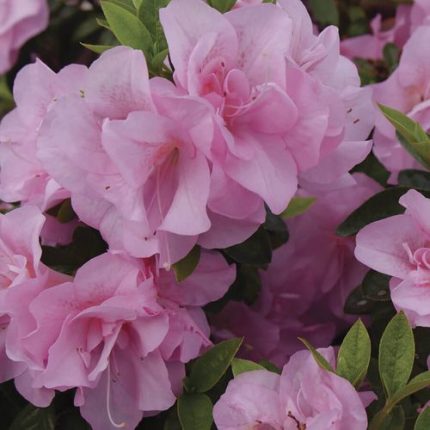
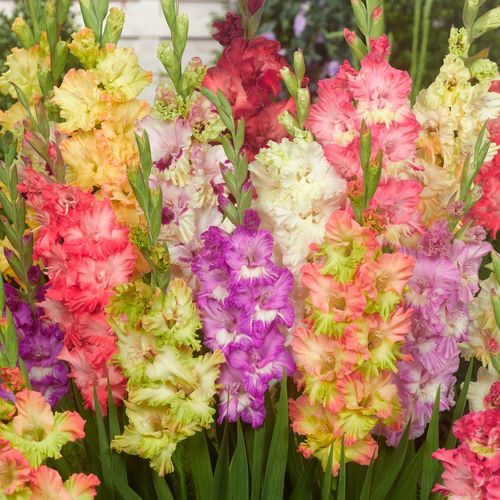
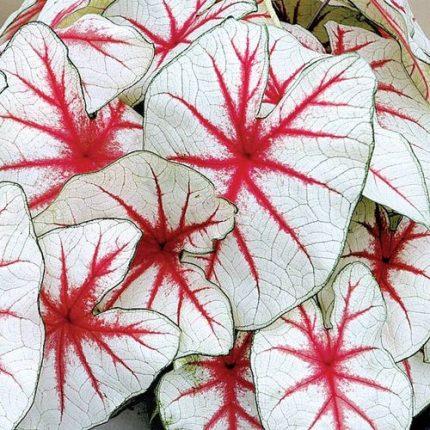
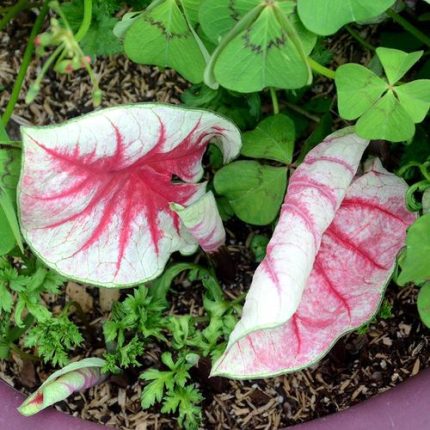
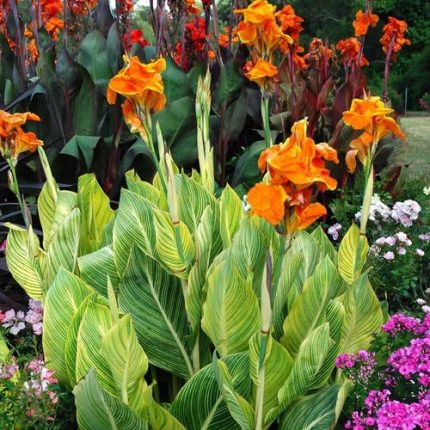
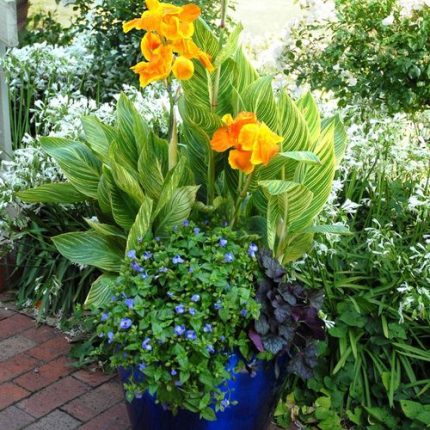

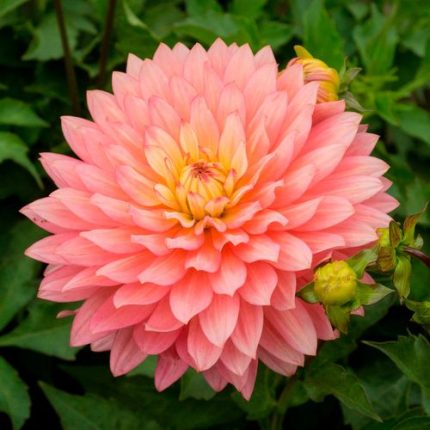
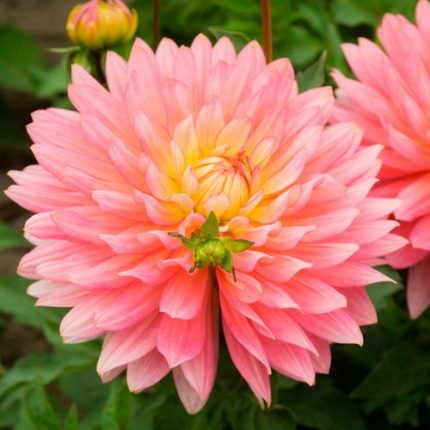
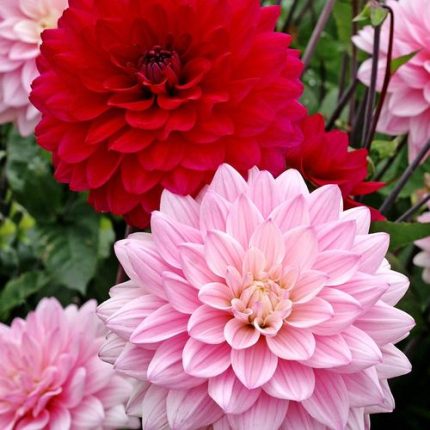
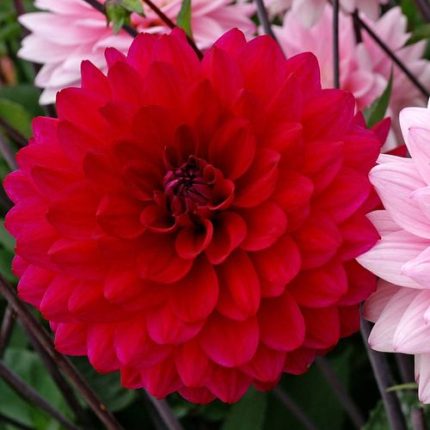
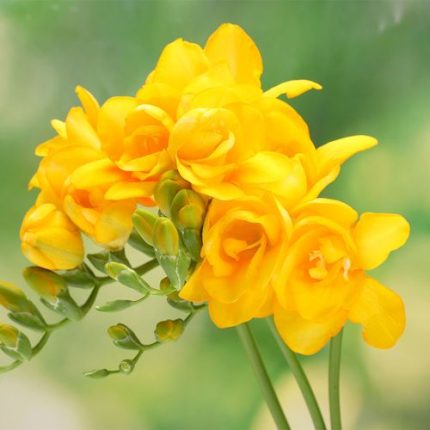
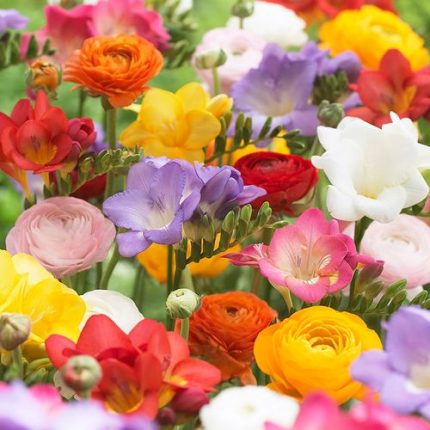
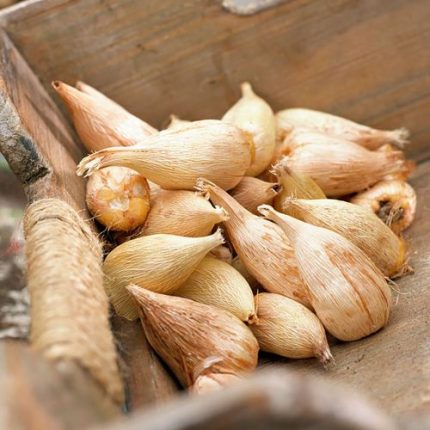
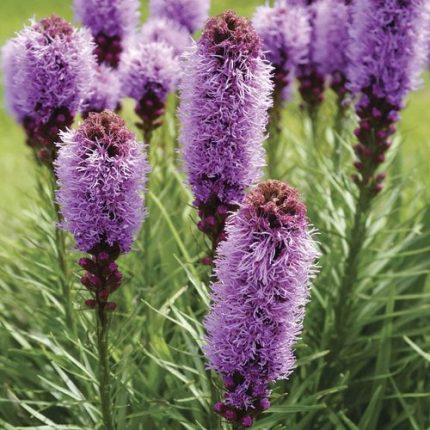
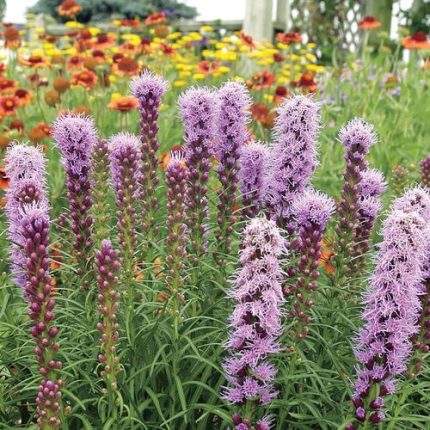
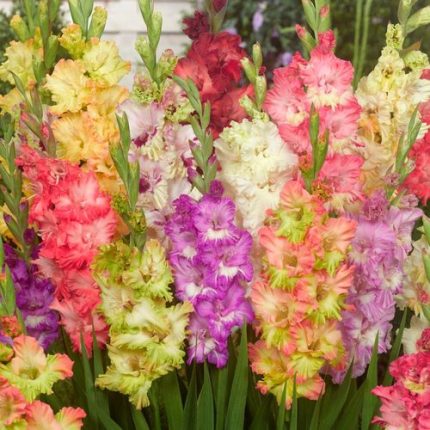
Reviews
There are no reviews yet.